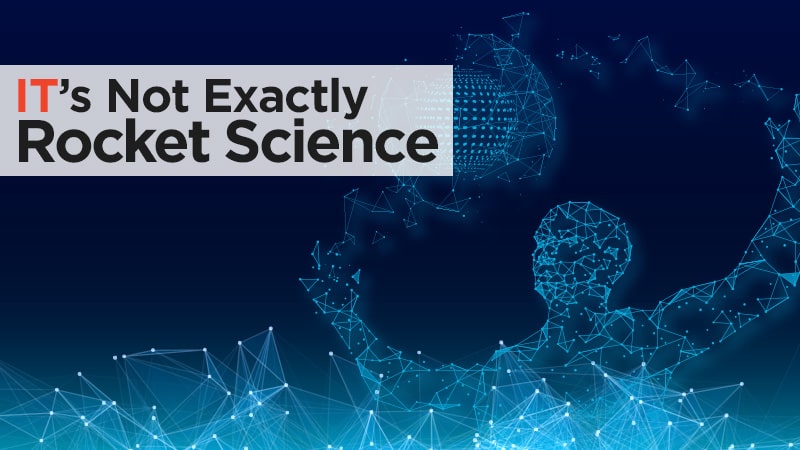Why Cyber Security and Cloud Computing Personnel Should Be BFFs

Keeping up with hackers is no small task, particularly since some attacks can be sustained in near-perpetuity. No doubt, securing cyberspace is a daunting responsibility. But focusing on security and using emerging technologies can help us meet the challenges. In particular, when the cyber security personnel of cloud providers and cloud customers work closely together, they become a force-multiplier, proactively defending the enterprise from attacks, and reacting more quickly when breaches occur.
Thanks to advancements in artificial intelligence (AI) and supercomputing, federal networks could soon be entirely self-fortifying and self-healing. The goal is to use AI-driven algorithms to autonomously detect hackers, defend the network from cyber-attacks, and automatically respond at lightning speed to an assault. Until that day, though, we rely on a handful of tools to defend our networks from phishing, vishing, or Distributed Denial of Service (DDoS) attacks.
The burden of securing a network and the devices no longer falls exclusively on systems administrators or security professionals but requires the active participation of every single network user. Continuous user training, especially role-based training, in which individuals receive customized security courses based on their specific tasks, is a good supplementary defense. A senior or C-level executive, for example, may need to be trained to identify suspicious emails that contain fund transfer requests; IT professionals may receive more technical training about different types of attacks and possible responses.
Role-based training isn’t enough in itself, though. We’re exploring how to incorporate emerging technologies into our overall cyber security strategy. Default encryption, in which data is encrypted by default during transit and at rest, is now possible (if not commonplace) in the cloud. We are now calling on all industry innovators to advance the industry so that memory can be encrypted and protected as well. In fact, by partnering our own cyber security teams with those of the cloud providers, we can significantly advance our cyber security defense. So, how do we combat all the scary bot attacks we hear about? Well, why not use the intelligence and data gathered from the Internet of Things (IoT) sensors and the power of AI and the cloud to predict, act, and protect our assets? Why not, indeed.
Blockchain, an incorruptible distributed-verification ledger, could be useful to ensure that the data has not been tampered with. While we’re taking a wait-and-see approach to blockchain, the potential is rich and the technology is developing at a tremendous pace. Several new database announcements from the cloud vendors may help provide many of these benefits and are worth investigating.
There are countless budding technologies that may become integral to our cyber security infrastructure in the future – everything from biometrics to quantum computing. The latter could have huge implications on both encryption and decryption. But every tool we use today requires that we have the agility and ability to move resources and experiment at a moment’s notice. Securing the network isn’t just a matter of protecting corporate secrets – in the case of federal organizations, it’s a matter of defending national interests. The cloud provides the computing power and scalability to secure our most valuable assets. We now have to step up to the plate to build in cyber security into everything we do – because when the easiest path for the end user is also the most secure, we’re on the right one.

Tom Soderstrom is the IT Chief Technology and Innovation Officer at the Jet Propulsion Laboratory (JPL). He leads a collaborative, practical, and hands-on approach with JPL and industry to investigate and rapidly infuse emerging IT technology trends that are relevant to JPL, NASA, and enterprises.
